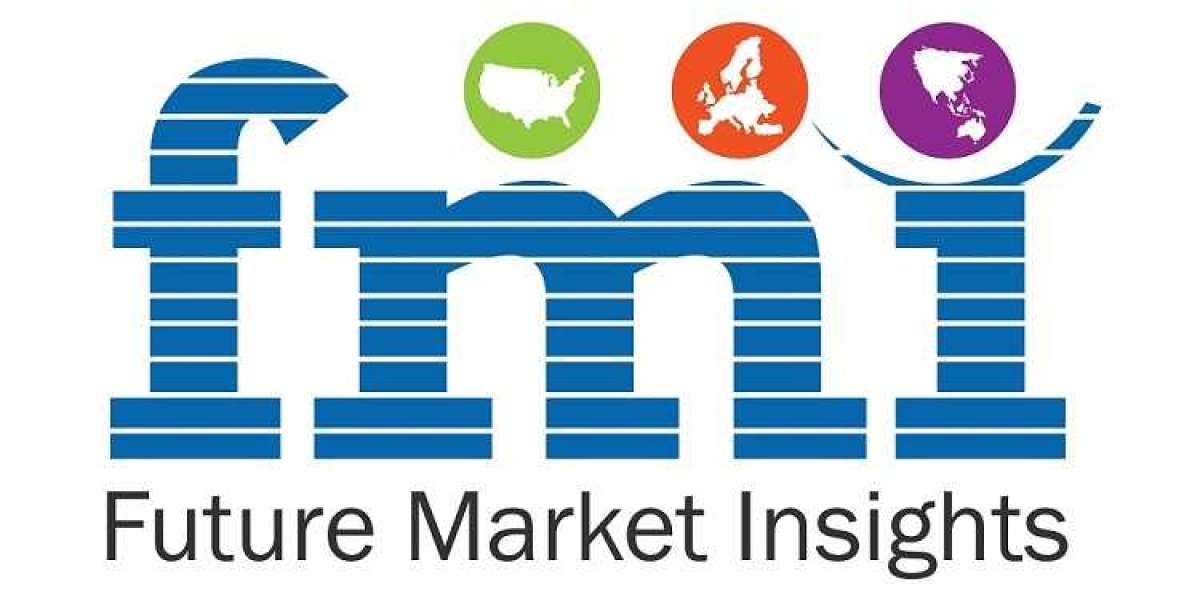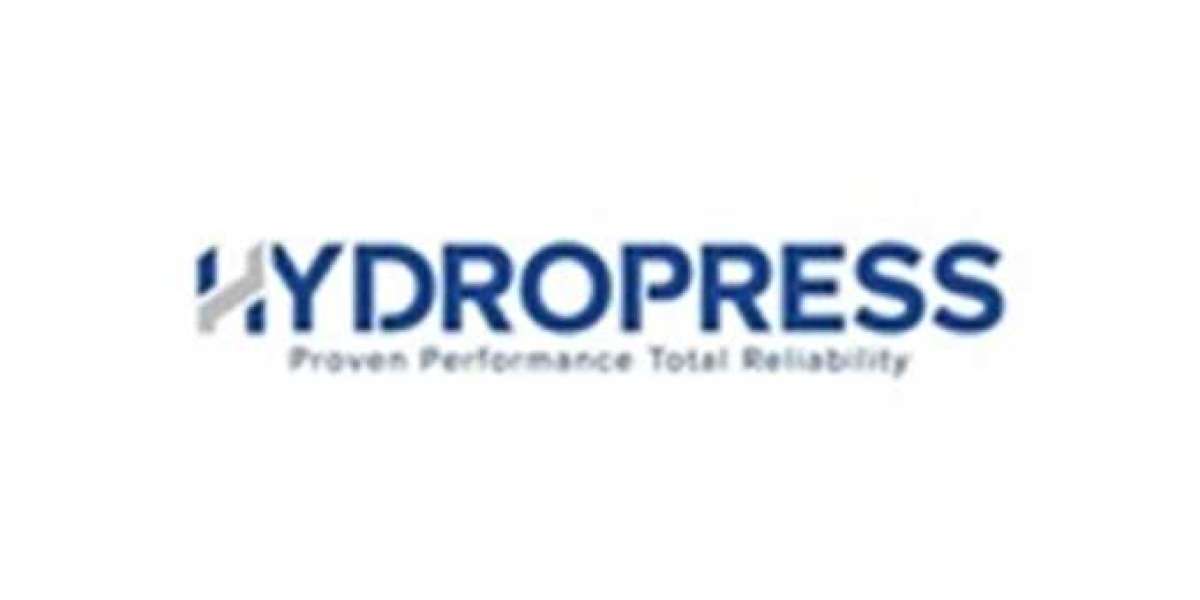The global nuclear medicine equipment market is set to experience remarkable growth, with projections indicating an increase from USD 2.3 billion in 2022 to USD 3.4 billion by 2032. This growth reflects a robust compound annual growth rate (CAGR) of 4.1% over the next decade, highlighting the sector's critical role in advancing healthcare.
Several key factors are driving this positive outlook for the nuclear medicine equipment industry. A notable increase in the prevalence of chronic diseases is at the forefront of this growth. As chronic conditions become more common, the demand for advanced diagnostic and therapeutic tools—including nuclear medicine equipment—continues to rise.
The aging population further propels market expansion. Older adults are more susceptible to age-related ailments, creating a significant need for effective management and treatment solutions that nuclear medicine equipment provides. This demographic trend is expected to persist, contributing to sustained market growth in the coming years.
In addition to these factors, the growing interest in personalized medicine among patients and healthcare professionals is reshaping the landscape of nuclear medicine. This approach tailors treatments to individual patient characteristics, relying on precise diagnostic tools such as nuclear medicine equipment to achieve optimal outcomes.
The increasing adoption of nuclear medicine across various medical fields underscores its vital role in modern healthcare. As the market evolves, stakeholders can anticipate ongoing innovations and advancements that will further enhance the capabilities and applications of nuclear medicine equipment.
Key Takeaways:
- The nuclear medicine equipment market growth is likely to be hampered by high installation and running expenses, as well as product recalls, over the forecast period.
- One of the primary reasons projected to drive nuclear medicine equipment market expansion over the forecast period is the rising prevalence of chronic disorders.
- SPECT segment leads the nuclear medicine equipment market share with the projected CAGR of 4.92% by 2032.
- Oncology leads the nuclear medicine equipment market with the projected CAGR of 4.3% by 2032.
- From 2021 to 2032, the academic and research institutes segment is expected to grow at the fastest rate of 6.1 percent. This is attributable to an increase in nuclear medicine research and development activities.
Growing Market Interest: Explore Comprehensive Insights and Trends with Our Detailed Report!
Competitive Landscape:
To enhance their nuclear medicine equipment market share, leading players in the worldwide nuclear medical equipment market are focused on new product introductions. Several companies are prioritising new releases, product approvals, and other organic growth techniques like patents and events.
In the nuclear medicine equipment market, acquisitions, partnerships, and collaborations were viewed as inorganic growth strategies. These initiatives have paved the road for market players to develop their business and client base and transform the nuclear medical equipment market picture.
Key Players in the nuclear medicine equipment market include Philips Healthcare, GE Healthcare, Siemens Healthineers AG, Digirad Corporation, Mediso Medical Imaging Systems Ltd, DDD-Diagnostics A/S, Neusoft Medical Systems Co. Ltd., SurgicEye GmbH, and CMR Naviscan Corporation.
With high entry hurdles, advanced technical advances, and significant clinical and nonclinical unmet needs to meet, the nuclear medicine equipment market appears to have a bright future.
Recent Development in the Nuclear Medicine Equipment Market:
Curium purchased IASON, an Austrian radiopharmaceutical company, in June 2021 to expand its diagnostic product portfolio in Europe.
Lantheus, a company that makes diagnostic imaging agents and equipment in the United States, received FDA approval for PYLARIFY injectable in May 2021. The injection is the first commercially available PSMA PET imaging agent for prostate cancer.
Key Segments:
By Product:
- SPECT
- Hybrid SPECT
- Standalone SPECT
- Hybrid PET
- Planar Scintigraphy
By Application:
- Oncology
- Cardiology
- Neurology
- Others
By End User:
- Hospitals
- Imaging Centers
- Academic Research Institutes
- Others











